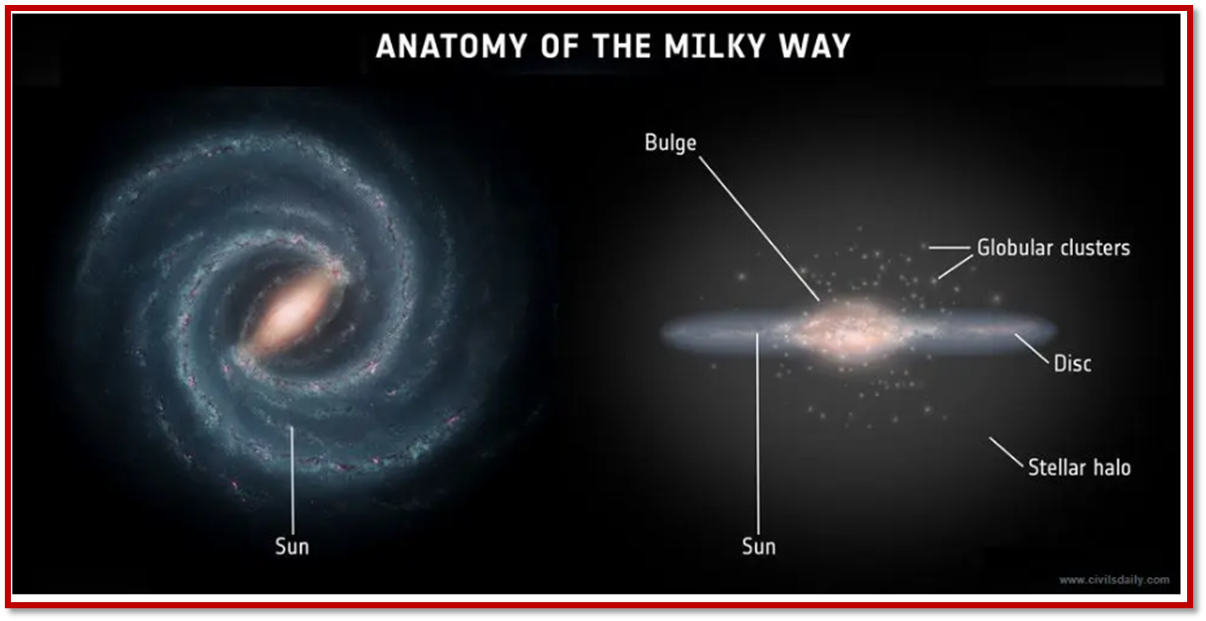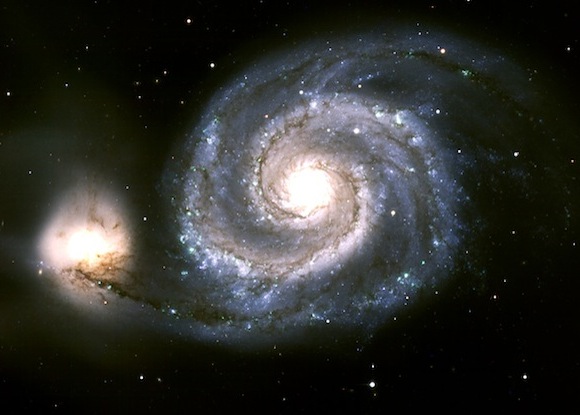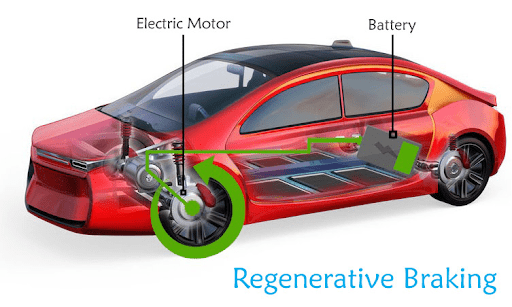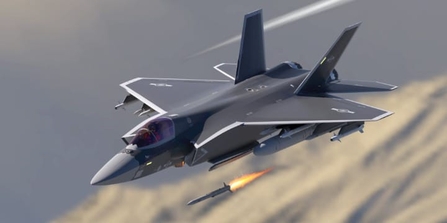The Hindu: Page 07
Syllabus: GS 3: Science and Technology
A recent study by astronomers from the University of Missouri, published in the Astrophysical Journal Letters, has discovered an unexpectedly high number of spiral galaxies in the early universe.
- These finding challenges previous beliefs about galaxy formation timelines and suggests that spiral galaxies formed earlier than previously thought.
Universe’s Age and Galaxy Types
- The universe is about 13.8 billion years old and hosts various kinds of galaxies, from spiral to elliptical.
- Astronomers believed spiral galaxies formed about 6 billion years ago, but the new study calls this into question.
- Younger galaxies tend to spiral, while older ones have a variety of shapes, making the study of older galaxies more challenging due to fainter light.
Formation and Evolution of Galaxies
Key Characteristics
- Central Bulge: A dense, spherical structure at the center, composed mostly of older stars.
- Disk: Surrounding the central bulge is a flat, rotating disk of stars, gas, and dust. The disk houses younger stars and spiral arms.
- Spiral Arms: The hallmark of spiral galaxies, these arms wind outward from the central bulge and are regions of active star formation, appearing brighter due to the presence of young, hot stars.
- Halo: A roughly spherical region surrounding the disk, containing older stars and globular clusters.
Research Methods and Technology
- Detecting Early Galaxies: Utilized both infrared and optical wavelengths for observations.
- James Webb Space Telescope: Facilitated deeper exploration into the universe’s history.
- Study Sample: Analyzed 873 galaxies and identified at least 216 spiral galaxies that existed around 1.5 billion years after the Big Bang.
- Classification: Researchers manually categorized each galaxy image as either spiral or non-spiral.
Findings and Implications
- The fraction of spiral galaxies increased from about 8% to 48% between 3 billion and 7 billion years after the Big Bang, higher than previously observed.
- The study challenges existing models and suggests that galaxy formation theories need to be more complex.
Spiral Galaxy
- Spiral galaxies are a type of galaxy characterized by their spiral structure.
- They are among the most common types of galaxies in the universe.
- Our own Milky Way is a classic example of a spiral galaxy.
Key Characteristics:
- Central Bulge: A dense, spherical structure at the center, composed mostly of older stars.
- Disk: Surrounding the central bulge is a flat, rotating disk of stars, gas, and dust. The disk houses younger stars and spiral arms.
- Spiral Arms: The hallmark of spiral galaxies, these arms wind outward from the central bulge and are regions of active star formation, appearing brighter due to the presence of young, hot stars.
- Halo: A roughly spherical region surrounding the disk, containing older stars and globular clusters.
Formation and Evolution:
- Spiral galaxies are thought to form from the gravitational collapse of gas and dust in the early universe.
- They maintain their structure through the rotation of the disk and the gravitational influence of the central bulge and halo.
- Interactions and mergers with other galaxies can distort or destroy their spiral structure, potentially transforming them into elliptical galaxies.
Additional Information
James Webb Space Telescope (JWST)
The James Webb Space Telescope (JWST) is a state-of-the-art space observatory designed to make groundbreaking observations of the universe. With a large primary mirror and advanced infrared capabilities, JWST aims to address critical questions in astronomy and cosmology by observing distant galaxies, star formation, and planetary systems.
Background and Collaboration
- Project Initiation: JWST was initiated in 1996 through an international collaboration involving NASA, the European Space Agency (ESA), and the Canadian Space Agency (CSA).
- Successor to Hubble: JWST is intended as the next-generation successor to the Hubble Space Telescope, focusing primarily on infrared observations to study phenomena beyond Hubble’s capabilities.
Key Features of JWST
- Infrared Optimization: Specially designed for infrared observations to detect faint, distant objects that emit light outside the visible spectrum.
- Large Primary Mirror: The 6.5-meter segmented primary mirror, made up of 18 hexagonal, gold-coated beryllium segments, enhances light-gathering capacity, allowing for high-resolution imaging.
- Segmented Mirror Design: Enables the mirror to fold for launch and deploy in space, ensuring a large aperture within a compact structure.
- Sunshield Protection: A five-layer sunshield protects the instruments from solar radiation, maintaining extremely low temperatures necessary for optimal infrared performance.
- Lagrange Point 2 (L2) Location: JWST is stationed at L2, a stable orbit point approximately 1.5 million kilometers from Earth, minimizing light interference and conserving fuel.
- Cryogenic Cooling System: A passive cooling system keeps the telescope at temperatures as low as 40 Kelvin (-233°C) for effective infrared observations.
- Extended Wavelength Coverage: Capable of detecting a broad range of wavelengths from 0.6 to 28 micrometers.
- High Sensitivity and Precision: Equipped with advanced sensors for accurate guidance, ensuring stability for long-duration observations of faint celestial bodies.
Objectives of the JWST
- To observe the first galaxies that formed after the Big Bang.
- To study galaxy evolution over time, from early formation to present.
- To investigate the birth of stars and the development of planetary systems.
- To analyze the atmospheres of exoplanets for potential signs of habitability.
Major Observations and Discoveries
- Galaxy Cluster Observations: Provided images of galaxy clusters that formed 4.6 billion years ago, shedding light on the early universe.
- Deep Infrared Imaging: Captured the deepest and most detailed infrared images, revealing some of the oldest galaxies known.
- Monster Galaxies: Identified six massive “monster” galaxies that formed around 500-700 million years after the Big Bang, challenging existing theories on galaxy formation.
Comparison: JWST vs. Hubble Space Telescope
- Infrared Capability: JWST is optimized for infrared wavelengths, enabling it to see through dust clouds and detect redshifted light from distant galaxies. Hubble predominantly observes in visible and ultraviolet wavelengths.
- Mirror Size: JWST’s primary mirror is 6.5 meters in diameter, significantly larger than Hubble’s 2.4-meter mirror, enhancing light-gathering power and resolution.
- Location and Stability: JWST is positioned at Lagrange Point 2 (L2), providing a stable environment for continuous sky observations, unlike Hubble’s less stable low-Earth orbit.
- Sensitivity: With higher sensitivity due to its larger mirror and cutting-edge instruments, JWST can study fainter and more distant objects.
- Instrumentation: JWST’s instruments are specifically designed for infrared observations, making it ideal for studying star formation and exoplanet atmospheres, whereas Hubble’s instruments are less optimized for such studies.












